-
 Bitcoin
Bitcoin $113200
1.54% -
 Ethereum
Ethereum $4368
1.43% -
 XRP
XRP $3.022
4.23% -
 Tether USDt
Tether USDt $0.0000
-0.01% -
 BNB
BNB $883.5
0.92% -
 Solana
Solana $219.5
5.29% -
 USDC
USDC $0.9997
-0.02% -
 Dogecoin
Dogecoin $0.2411
3.66% -
 Cardano
Cardano $0.8908
5.48% -
 TRON
TRON $0.3349
0.94% -
 Hyperliquid
Hyperliquid $54.50
8.93% -
 Chainlink
Chainlink $23.73
5.54% -
 Ethena USDe
Ethena USDe $1.001
-0.01% -
 Sui
Sui $3.602
5.47% -
 Stellar
Stellar $0.3861
5.90% -
 Bitcoin Cash
Bitcoin Cash $585.1
-1.13% -
 Avalanche
Avalanche $26.09
4.37% -
 Hedera
Hedera $0.2325
5.06% -
 UNUS SED LEO
UNUS SED LEO $9.549
-0.23% -
 Litecoin
Litecoin $114.2
1.13% -
 Cronos
Cronos $0.2502
-2.95% -
 Toncoin
Toncoin $3.134
1.24% -
 Shiba Inu
Shiba Inu $0.00001307
4.10% -
 Polkadot
Polkadot $4.148
3.50% -
 Uniswap
Uniswap $9.759
3.47% -
 Ethena
Ethena $0.8495
11.24% -
 World Liberty Financial
World Liberty Financial $0.2188
3.76% -
 Dai
Dai $0.9997
-0.03% -
 Monero
Monero $271.7
0.21% -
 Aave
Aave $309.2
2.95%
Does a price drop after a death cross necessarily occur? How can I avoid false signals?
The death cross, where the 50-day MA falls below the 200-day MA, is a bearish crypto signal but isn't foolproof—use it with other indicators to avoid false alarms.
Sep 09, 2025 at 05:00 pm

Understanding the Death Cross in Cryptocurrency Markets
1. The death cross is a technical chart pattern that occurs when a short-term moving average, typically the 50-day, crosses below a long-term moving average, usually the 200-day. This formation is widely interpreted as a bearish signal, suggesting that downward momentum may be building in an asset’s price.
2. In the volatile environment of cryptocurrency trading, this indicator has gained attention due to its historical correlation with major downturns. For instance, Bitcoin exhibited death cross patterns prior to significant corrections in 2018 and 2022, leading many traders to rely on it as a warning sign.
3. However, the appearance of a death cross does not guarantee a price drop. Market conditions, investor sentiment, macroeconomic factors, and news events can all influence price action independently of technical indicators.
4. False signals are common, especially during periods of consolidation or sideways movement. A crossover might occur without triggering a sustained downtrend, misleading traders who act solely on this signal.
5. Relying exclusively on the death cross can result in premature exits from positions or missed opportunities during market rebounds. It should be considered one component of a broader analytical framework rather than a standalone decision-making tool.
Strategies to Minimize False Signals
1. Combine the death cross with other technical indicators such as Relative Strength Index (RSI), MACD, or volume analysis. When multiple indicators align—such as declining volume alongside the crossover—the reliability of the signal increases.
2. Use higher timeframes to confirm the trend. A death cross on a weekly chart carries more weight than one appearing on a daily or hourly chart, reducing noise from short-term volatility.
3. Incorporate support and resistance levels into your assessment. If the death cross forms near a strong support zone, the likelihood of an immediate crash diminishes, and price may stabilize or reverse.
4. Monitor on-chain data for confirmation. Metrics like exchange outflows, active addresses, or miner behavior can provide fundamental context behind price movements, helping distinguish between temporary dips and structural breakdowns.
5. Apply a buffer period after the crossover. Instead of reacting instantly, observe how price behaves over the next several days. Sustained closes below the 200-day moving average strengthen the bearish case.
Risks of Overreliance on Technical Patterns
1. Cryptocurrency markets are influenced heavily by external catalysts such as regulatory announcements, exchange hacks, or institutional adoption. These events can override technical patterns, rendering them ineffective in isolation.
2. Algorithmic trading and high-frequency systems often exploit known patterns, creating artificial crossovers designed to trigger stop-loss orders or manipulate retail trader behavior.
3. Markets frequently retest moving averages after a crossover, sometimes recovering into bullish territory before resuming a downtrend—or reversing entirely. Traders who liquidate positions immediately may miss these reversals.
4. Different cryptocurrencies exhibit varying degrees of sensitivity to technical signals. Major assets like Bitcoin and Ethereum tend to follow classical patterns more reliably than low-cap altcoins, which are prone to erratic price swings.
5. Psychological bias plays a role. Once a death cross is reported in financial media, fear-driven selling can become self-fulfilling, amplifying downside pressure even if underlying fundamentals remain intact.
Frequently Asked Questions
What is the difference between a death cross and a golden cross?A death cross signals a potential bearish reversal when the 50-day moving average falls below the 200-day moving average. Conversely, a golden cross occurs when the 50-day moves above the 200-day, traditionally viewed as a bullish indicator.
Can a death cross occur in an uptrend?Yes, it can appear during temporary pullbacks within a larger uptrend. This highlights why confirmation through additional indicators and price action analysis is essential before concluding a trend reversal.
How often do death crosses lead to actual bear markets in crypto?Historical data shows mixed results. While some death crosses preceded extended declines, others were followed by swift recoveries. Their predictive accuracy improves when combined with volume trends and on-chain metrics.
Is the death cross relevant for short-term traders?Short-term traders may find limited utility in this indicator due to its lagging nature. Since moving averages are based on past prices, the signal often emerges after much of the move has already occurred, making it less actionable for scalping or day trading strategies.
Disclaimer:info@kdj.com
The information provided is not trading advice. kdj.com does not assume any responsibility for any investments made based on the information provided in this article. Cryptocurrencies are highly volatile and it is highly recommended that you invest with caution after thorough research!
If you believe that the content used on this website infringes your copyright, please contact us immediately (info@kdj.com) and we will delete it promptly.
- Fidelity, Ethereum, and Tokenized Money Market Funds: A Wall Street Thaw?
- 2025-09-09 20:45:12
- Hong Kong, Stablecoins, and Mining Contracts: A New Era for Crypto?
- 2025-09-09 20:45:12
- Solana Meme Coins: Riding the Viral Value Wave
- 2025-09-09 20:50:12
- Gemini, Nasdaq, and Investment: A New Era for Crypto?
- 2025-09-09 21:45:15
- Pi Network's Potential Collapse: Investor Losses and Lessons Learned
- 2025-09-09 20:50:12
- BlockchainFX: The Crypto Super App Redefining Decentralized Finance
- 2025-09-09 20:25:16
Related knowledge
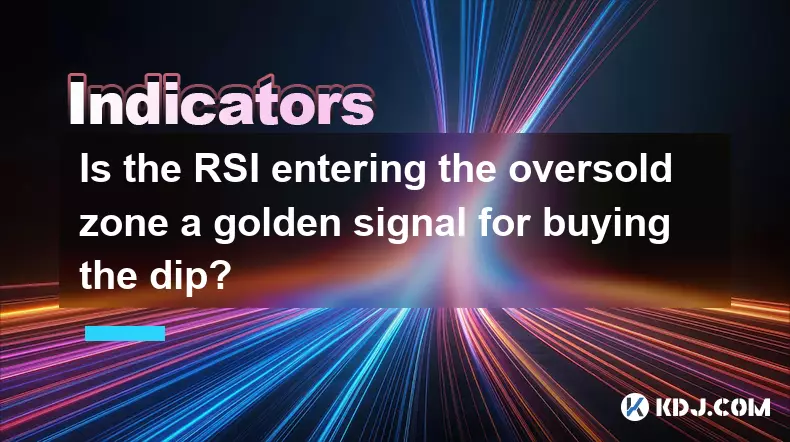
Is the RSI entering the oversold zone a golden signal for buying the dip?
Sep 09,2025 at 02:55pm
Understanding the RSI and Its Role in Crypto Trading1. The Relative Strength Index (RSI) is a momentum oscillator widely used in the cryptocurrency ma...
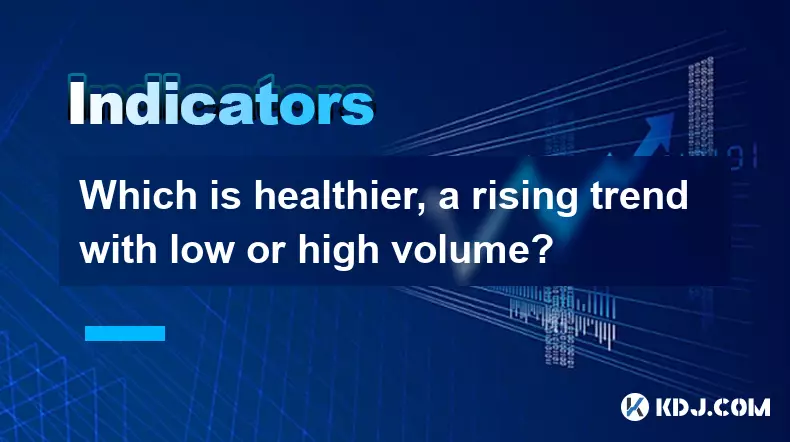
Which is healthier, a rising trend with low or high volume?
Sep 09,2025 at 04:00pm
Understanding Volume in Market Trends1. Volume serves as a critical indicator when analyzing the strength of a rising trend in cryptocurrency markets....
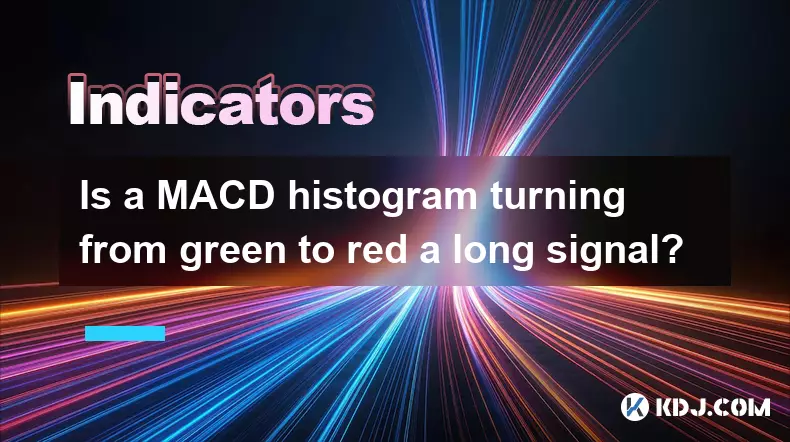
Is a MACD histogram turning from green to red a long signal?
Sep 09,2025 at 01:54pm
Understanding the MACD Histogram in Crypto Trading1. The MACD (Moving Average Convergence Divergence) histogram is a visual representation of the diff...
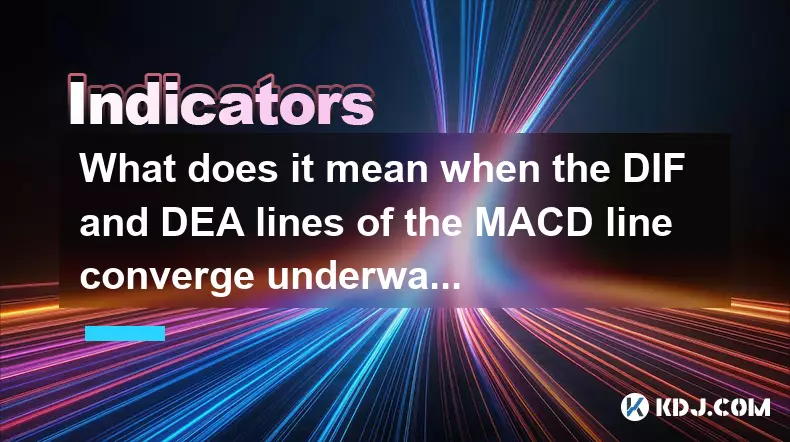
What does it mean when the DIF and DEA lines of the MACD line converge underwater?
Sep 09,2025 at 07:55am
Understanding MACD Components in Bearish Territory1. The MACD indicator consists of three elements: the DIF (Difference), DEA (Signal line), and the M...
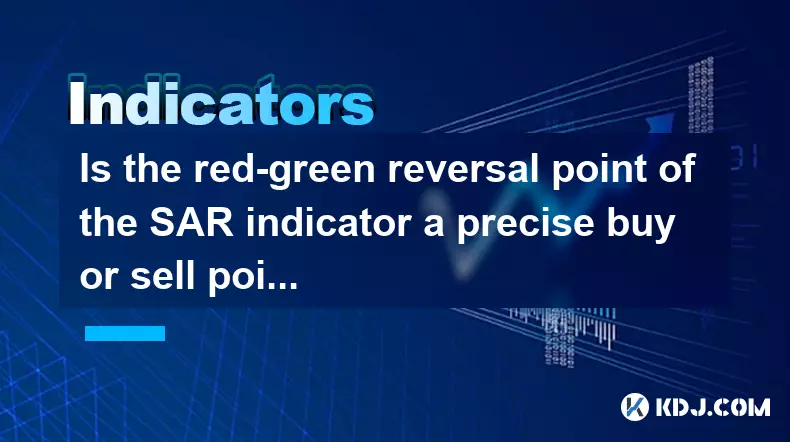
Is the red-green reversal point of the SAR indicator a precise buy or sell point?
Sep 09,2025 at 11:18am
Understanding the SAR Indicator in Cryptocurrency TradingThe SAR (Stop and Reverse) indicator, developed by J. Welles Wilder Jr., is a popular tool us...
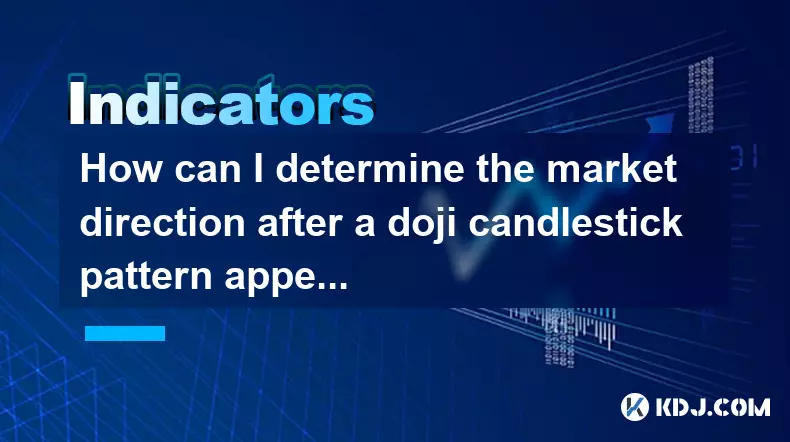
How can I determine the market direction after a doji candlestick pattern appears?
Sep 09,2025 at 05:37am
Understanding the Doji Candlestick in Crypto Markets1. The doji candlestick is a critical formation that signals indecision between buyers and sellers...

Is the RSI entering the oversold zone a golden signal for buying the dip?
Sep 09,2025 at 02:55pm
Understanding the RSI and Its Role in Crypto Trading1. The Relative Strength Index (RSI) is a momentum oscillator widely used in the cryptocurrency ma...

Which is healthier, a rising trend with low or high volume?
Sep 09,2025 at 04:00pm
Understanding Volume in Market Trends1. Volume serves as a critical indicator when analyzing the strength of a rising trend in cryptocurrency markets....

Is a MACD histogram turning from green to red a long signal?
Sep 09,2025 at 01:54pm
Understanding the MACD Histogram in Crypto Trading1. The MACD (Moving Average Convergence Divergence) histogram is a visual representation of the diff...

What does it mean when the DIF and DEA lines of the MACD line converge underwater?
Sep 09,2025 at 07:55am
Understanding MACD Components in Bearish Territory1. The MACD indicator consists of three elements: the DIF (Difference), DEA (Signal line), and the M...

Is the red-green reversal point of the SAR indicator a precise buy or sell point?
Sep 09,2025 at 11:18am
Understanding the SAR Indicator in Cryptocurrency TradingThe SAR (Stop and Reverse) indicator, developed by J. Welles Wilder Jr., is a popular tool us...

How can I determine the market direction after a doji candlestick pattern appears?
Sep 09,2025 at 05:37am
Understanding the Doji Candlestick in Crypto Markets1. The doji candlestick is a critical formation that signals indecision between buyers and sellers...
See all articles
























































































